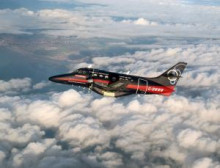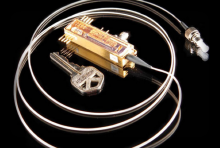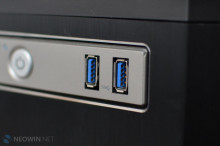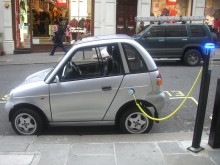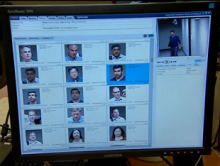Passenger plane flies 800 kilometres without a pilot
Say hello to the droneliner. A business plane has flown an 800-kilometre round trip in civilian airspace without the pilot onboard operating its controls.
Instead, the plane flew itself like an outsized drone with continual monitoring of its autonomous manoeuvres performed by a pilot based on the ground.














































